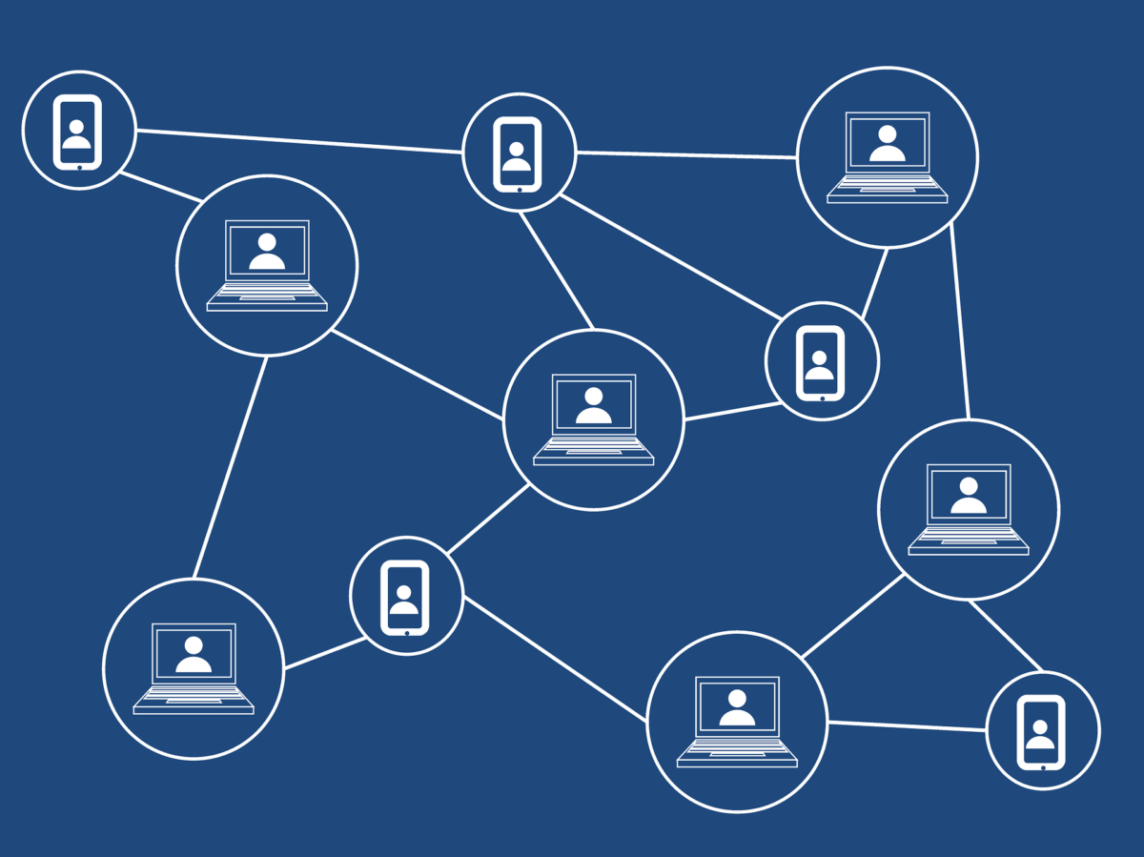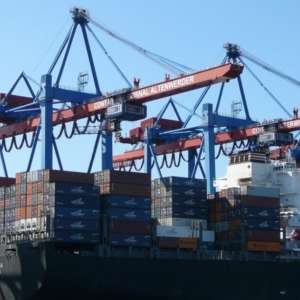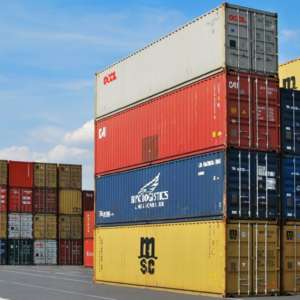In a world in which every new technological breakthrough is hailed as the next big thing, the phrase “5G revolution” might sound like just more overblown hype. Yet 5G networks have the potential to usher in a new era in logistics and supply chain management, enabling everything from driverless vehicles to total cargo visibility. With 5G networks beginning to roll out in earnest across the U.S., it’s a good time for a primer on what this technology actually is, and what it can do.
More than a Faster Phone
5G (the “G” stands for “generation,” which you can be forgiven for not knowing), marks more than just the natural evolution of 4G. It’s true, 5G networks are much faster than their predecessors, 50 to 100 times faster, in fact. But this doesn’t just mean it will let smartphone users do the same things, faster. While we will be able to download movies in mere seconds, speed is only part of what we’re getting. What makes 5G a truly new iteration of wireless network is that it combines several technologies.
One of the real revelations of 5G is that it operates on a different band of radio spectrum called “millimeter waves.” The advantage of using this ultra-high-frequency bandwidth is that it can support vastly more devices in a geographic area, which means a proliferation of sensor-equipped smart devices. The challenge of this bandwidth is that millimeter waves don’t travel well through solid objects, so 5G requires telecom providers to install small cell stations every few hundred feet in urban areas, as opposed to a few, massive towers. The necessity of this new type of infrastructure is part of why the 5G rollout is happening slowly, and thus far concentrated in a few cities.
Aside from being lightning fast and utilizing relatively uncluttered frequencies, 5G will also work because of network slicing, which gives providers the ability to create different virtual networks, even within a single physical device. For example, a self-driving car could have different network slices for its sensors, navigation, and entertainment systems. In the event of a lapse in coverage, network slicing automatically allocates bandwidth away from Netflix and to the car’s sensors.
5g and Logistics
The ability of 5G to handle massive amounts of data and connected devices might initially be put to best use in warehouses. AR (augmented reality) devices require ultra-low latency and can improve the picking process in warehouses. AR/VR modeling could assist with warehouse planning, which needs to be as scientific as possible given the scarcity of urban warehouse space. According to Supply Chain Dive, “[Real-time video] could instantly be processed into real-time 3D asset models that enable warehouses to determine the optimal positioning, path and timing of movements.”
The full potential of IoT (the Internet of Things) to track inventory will finally be unleashed under 5G. Cargo can be fitted with inexpensive sensors that use very little power, and track goods from the factory floor, through the shipping process, to the warehouse, all the way to store shelves, creating a trusted record of an item’s journey. This has the potential to cut down on cargo theft, make it more difficult for suppliers to cover up shady sourcing practices, and automatically inform shippers when it’s time to place another order. Some of the stubbornest inefficiencies in the supply chain can be addressed through 5Gs’s IoT ecosystem.
The most disruptive use for 5G networks is also one of the most controversial: driverless transportation. Autonomous vehicles will only overcome popular skepticism when they can make complex decisions faster and better than humans, and 5G is likely to make this possibility a reality. The most promising direction for autonomous vehicles is V2X (vehicle to everything), which Machine Design describes as “an integrated solution for vehicle-to-vehicle (V2V), vehicle-to-infrastructure (V2I), and vehicle-to-network (V2N) using cellular networks.” This platform is gaining traction, even over the U.S. government’s preferred method, because it can piggyback on 5G infrastructure that is already being built, rather than requiring a separate system exclusively for vehicles.
The 5G Timeline
The question of what constitutes a fully functioning 5G network is still up for debate. This year, AT&T raised hackles by labelling its network “5GE” (the “E” stands for “evolution”), despite being slower than some 4G services. In the United States, Verizon has debuted “true” 5G in parts of Chicago and Minneapolis, and researchers report that it is very fast, although with spotty reception. On May 20, FCC chairman Ajit Pai approved a merger between T-Mobile and Sprint, partly on the promise that their combined resources would enable them to speed out a 5G rollout in rural America. The FCC is requiring the new company to provide some version of 5G to 99 percent of the U.S. population within six years.
While telecom companies race to build 5G infrastructure, phone companies are releasing the first 5G-capable smartphones and in-home hubs. Many industry insiders predict that while 2019 will be an important year for laying 5G’s foundations, the technology will truly begin to flourish in 2020. In the meantime, while it’s too soon to throw away your warehouse’s Wifi router, it’s a good moment to begin imagining how to seize on 5G’s potential as it becomes available.
Red Arrow Logistics has the scale and scope to meet the budget and schedule requirements of the largest and smallest companies alike. If we can be of assistance, please email me at liz.lasater@redarrowlogistics.com or give us a call 425-747-7914



